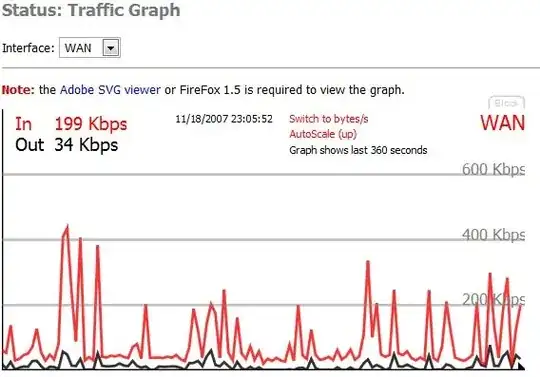I run a network with several remote offices connected by site-to-site VPNs over cable/DSL lines.
If you are just worried about active directory traffic - it's very minimal. Pretty much negligible. File shares are a completely different story, and that's going to depend entirely on what people are doing with their files.
We have a few small offices (3-10 people) where there are no servers, everything is saved on the file servers at our head office, where we have fibre and plenty of speed. This works quite well as long as their internet is reliable. Do keep in mind that you are limited to the slowest speed in both directions - if you have 5mbit down/1mbit up cable at both locations, you're pretty much limited to 1mbit speeds - since one side will always be sending, and the other side receiving.
For larger offices we install a server on site which functions as domain controller and file server. This allows them to do some work even if their internet goes down. Backups are done overnight to our head office when nobody needs the internet.
This works fairly well. We have run into a few issues - people trying to save music and videos to their network drives for example (which was in some cases actually work related).
The only thing you can really do is try it. Start with the smallest (in terms of staff) office, and monitor their bandwidth usage. If things work fine, and staff aren't complaining too much, move on to the next biggest one. When you do start getting complaints, increase bandwidth or try adding a domain controller/file server at that site and things should improve. They don't need to be brand new servers - we upgraded ones that really needed it, and took the old ones to the remote offices.
